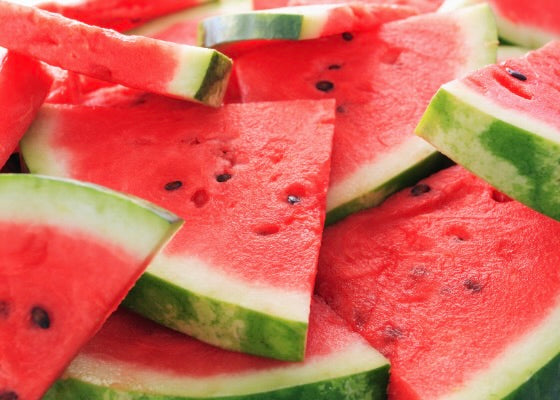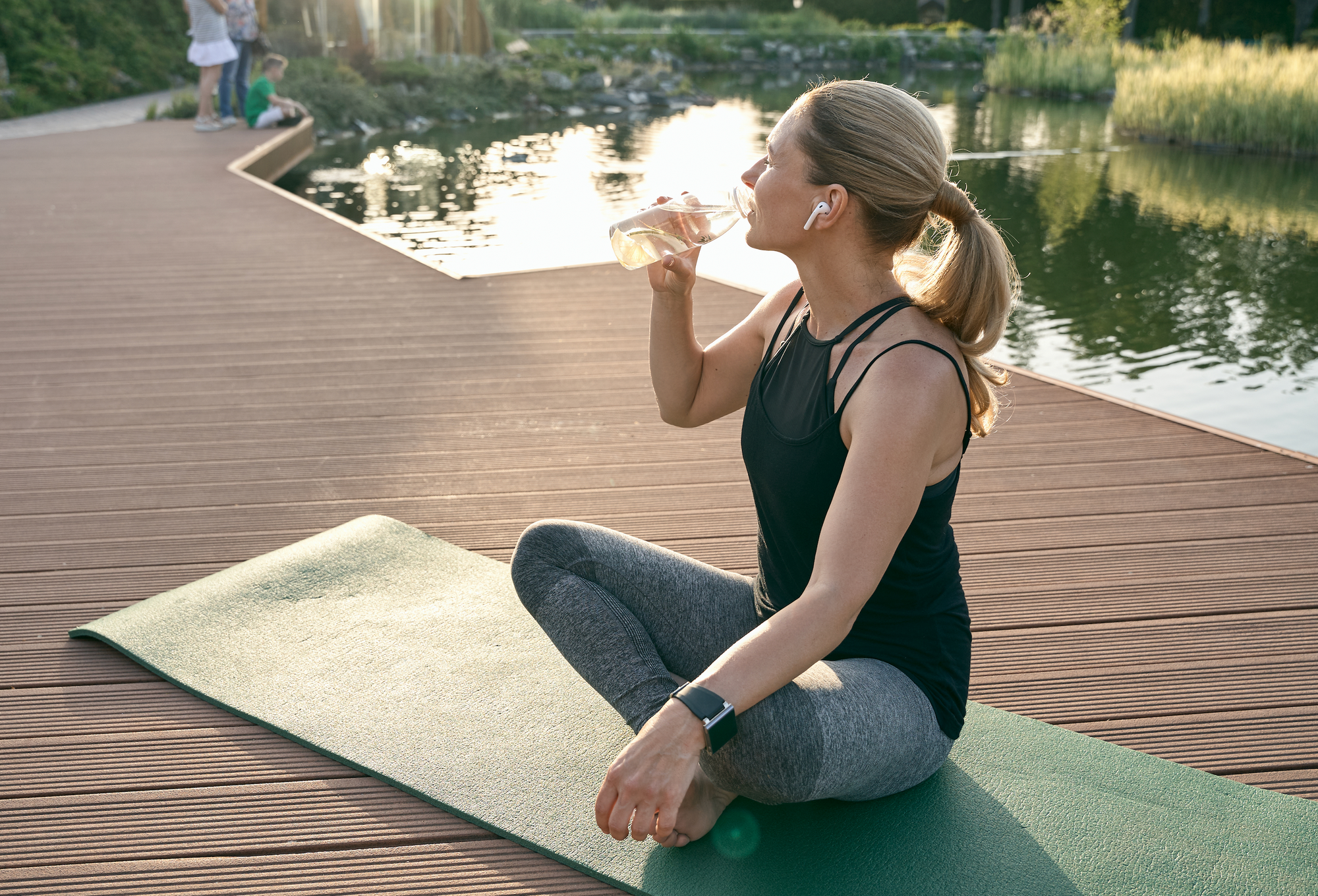The human gut is the seat of health. Some have preached this for years, but emerging science is proving them right. Advances in microbiome research are revealing the unexpectedly massive role the human gut plays in health.
Your gut microbiome is host to trillions of microbes, 99% of which are bacteria. There are healthy microbes and microbes that can be harmful. Disruptions of microbial species living in the GI tract can cause numerous familiar health and lifestyle problems such as sleep disturbances, excessive bloating and gas, fatigue, and unhealthy skin changes.
Our gut is the longest organ in the body, measuring approximately 30-feet from the mouth on down. We have long heard the adage “you are what you eat,” and that is being affirmed with advances in microbiome research. Our diet influences what kind of microbes live in our gut. For example, a diet high in sugar breeds bacteria that thrive on sugar. In contrast, if your diet is rich in healthy foods, microbes that support your health flourish.
To the surprise of many, including most doctors and scientists, the human gut microbiome is also proving to play an important role in determining our internal dialogue, our sense of optimism and wellbeing—or anger and hatred—, even the depth of our sleep and dream content, all via the gut-brain axis. As you might guess, microbes in the gastrointestinal (GI) tract also impact skin health via the gut-skin axis.
To tip the scales in favor of healthy bacteria, it helps to include probiotic-containing fermented foods such as kefir, kombucha, kimchi, sauerkraut (if truly fermented, not just packed in brine and vinegar), yogurt, and vegetables you can ferment yourself on your kitchen counter. The microbes in fermented foods encourage the proliferation of other healthy bacterial species, one of the most important things you can do for gastrointestinal and overall health. It also helps to nourish microbes by including fibers that microbes digest, so-called “prebiotic” fibers. Prebiotic fibers can be obtained by including onions, garlic, shallots; root vegetables such as radishes, daikon radish, turnips, dandelion greens, jicama; legumes including chickpeas, hummus, black or white beans and other beans, peas; or convenient sources such as inulin powder, acacia fiber, or other commercial prebiotic fibers.
View skin health as an indicator of overall health and the health of your gastrointestinal microbiome. When relying on topical products that purport to increase moisture, smooth wrinkles, or have other beneficial skin effects, you are temporarily helping your skin, but not addressing the foundation, which is largely the gut microbiome.
As the gut plays such a critical role in our health, and there are many ways to create a healthier microbiome, the opportunities for improved health are great. The efforts you make to promote gut balance will be realized internally and externally.






